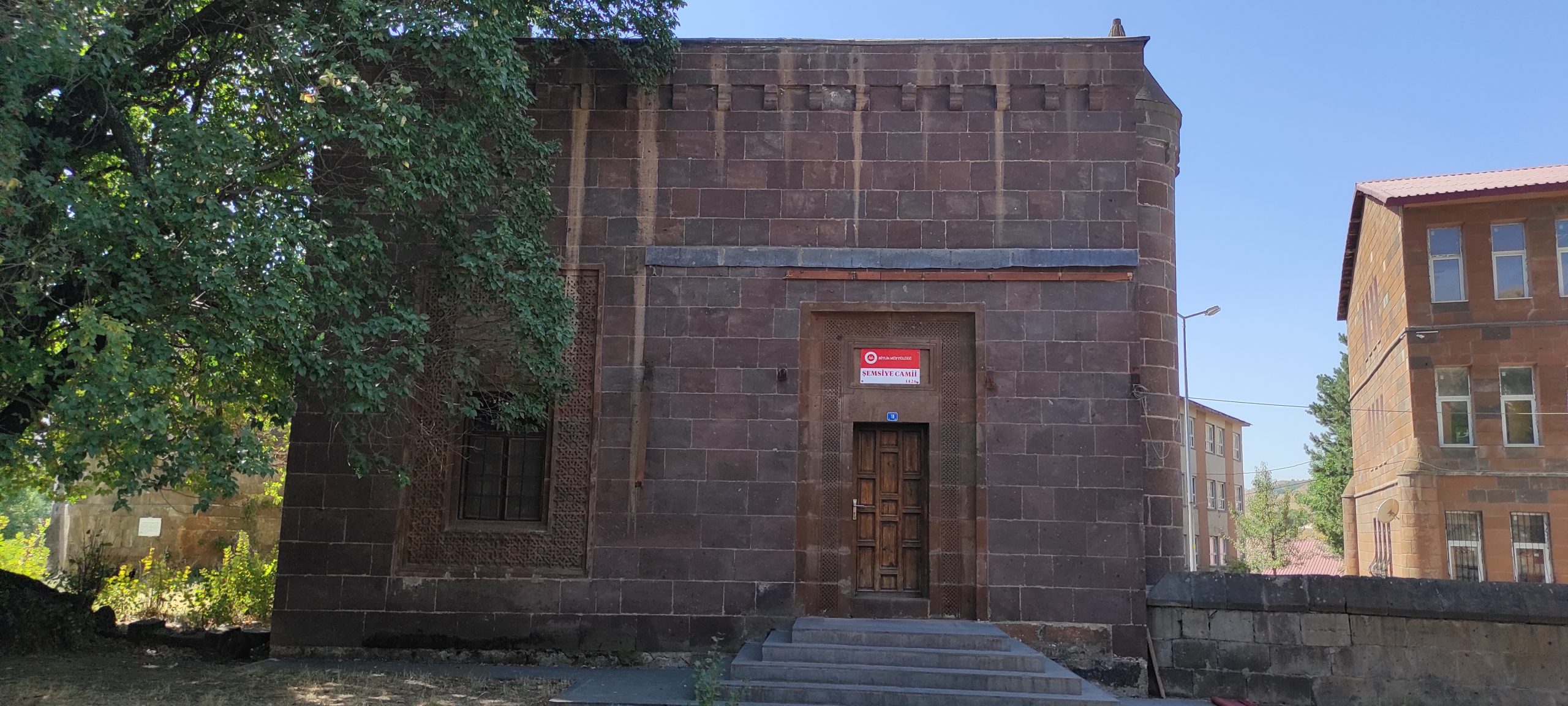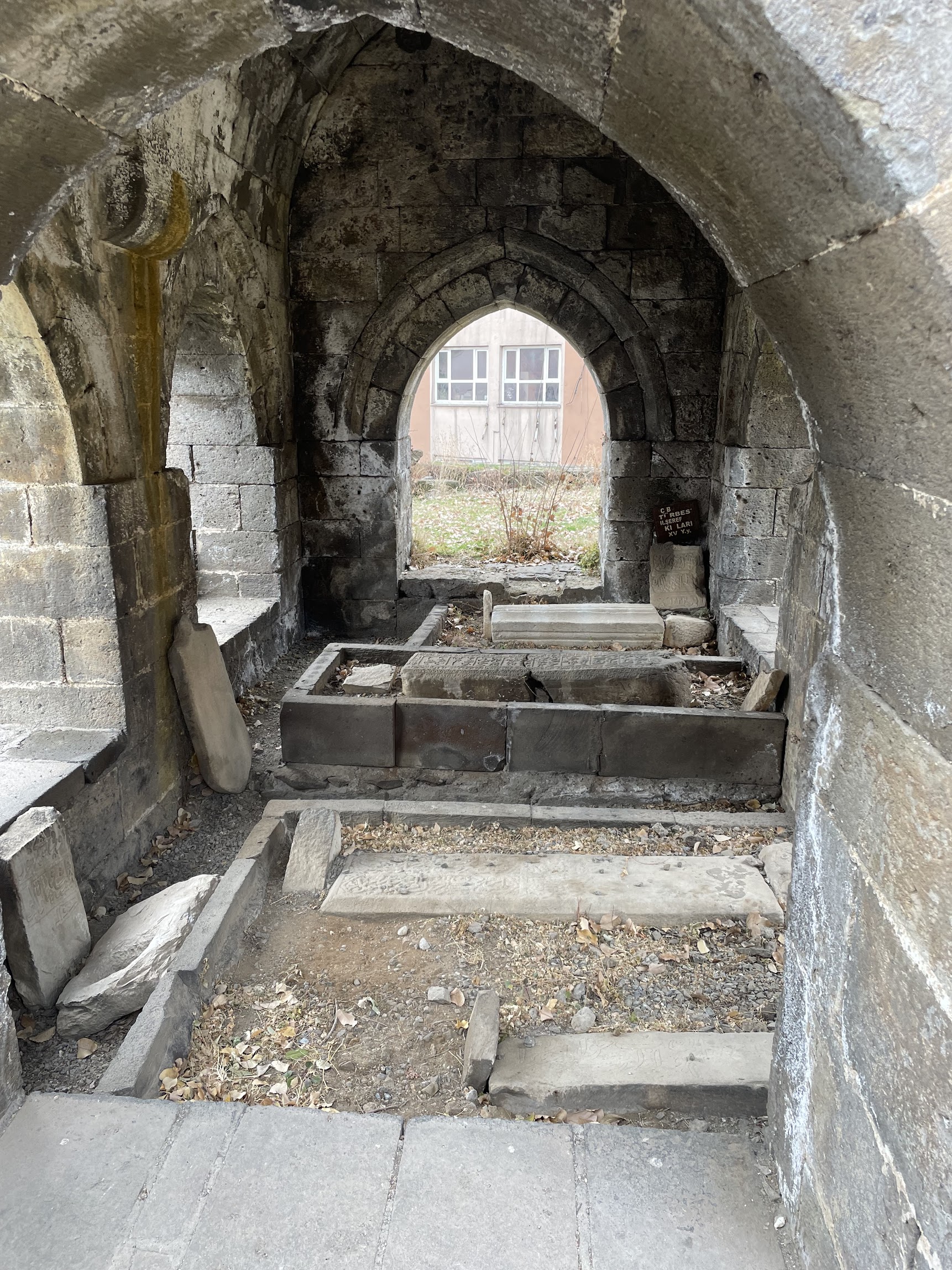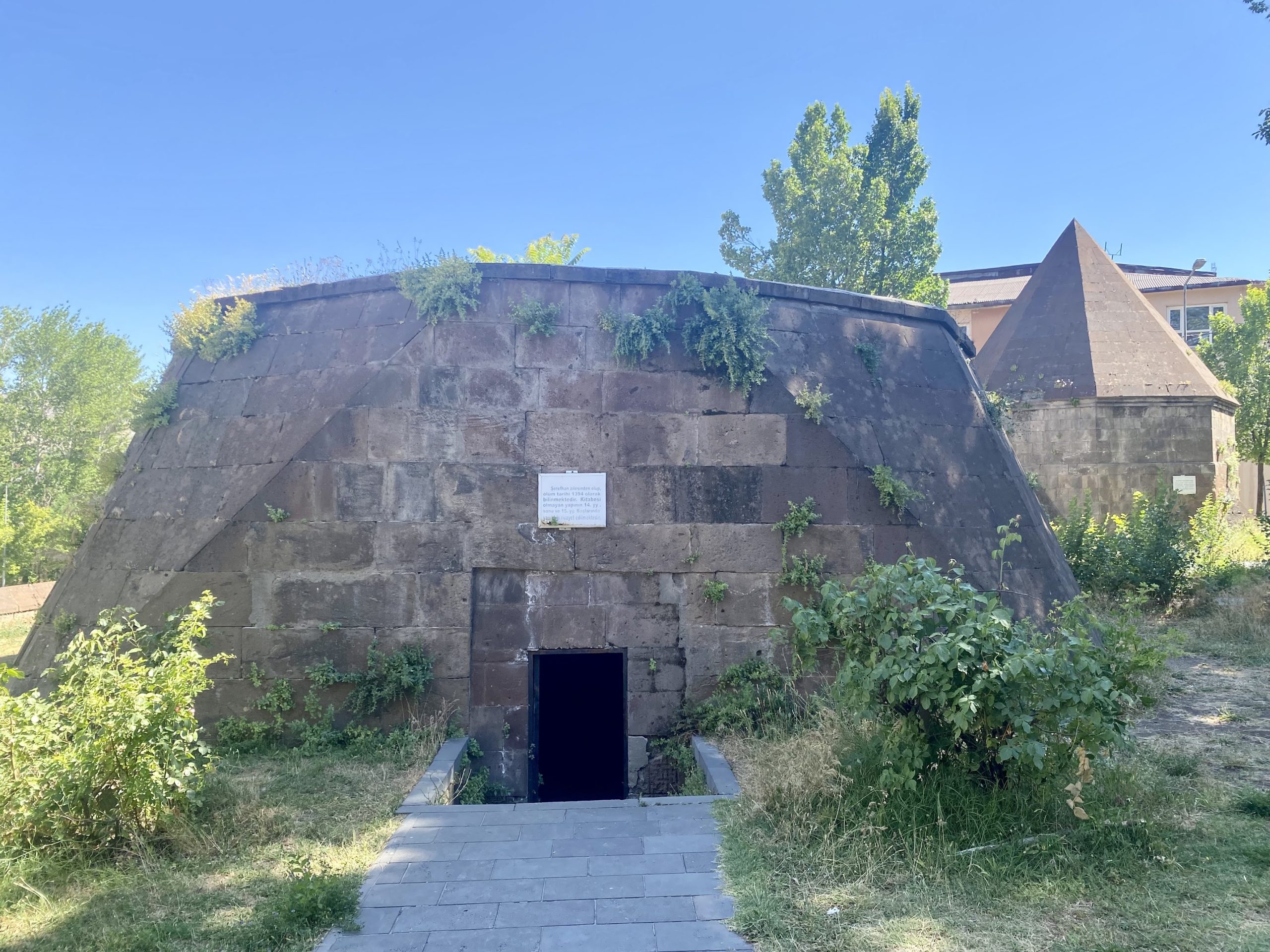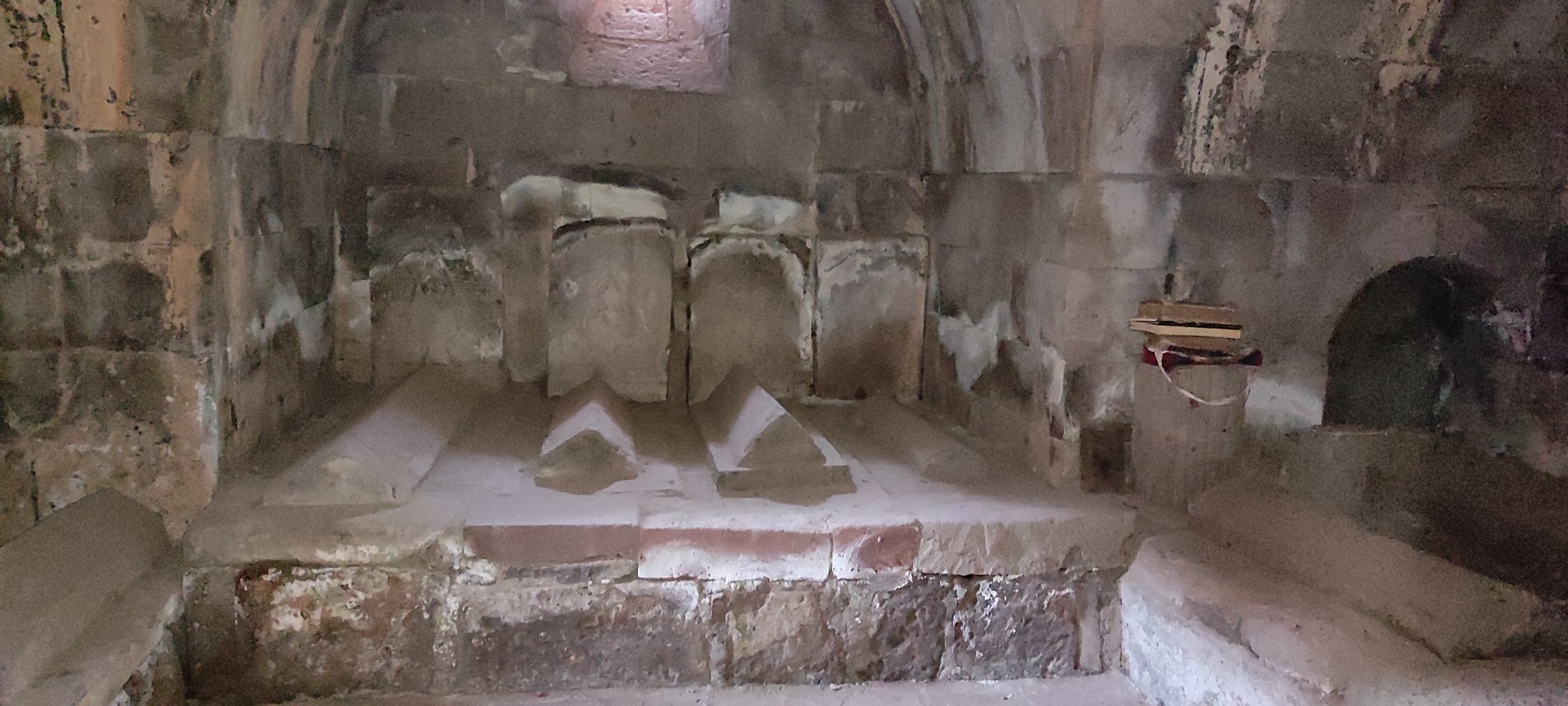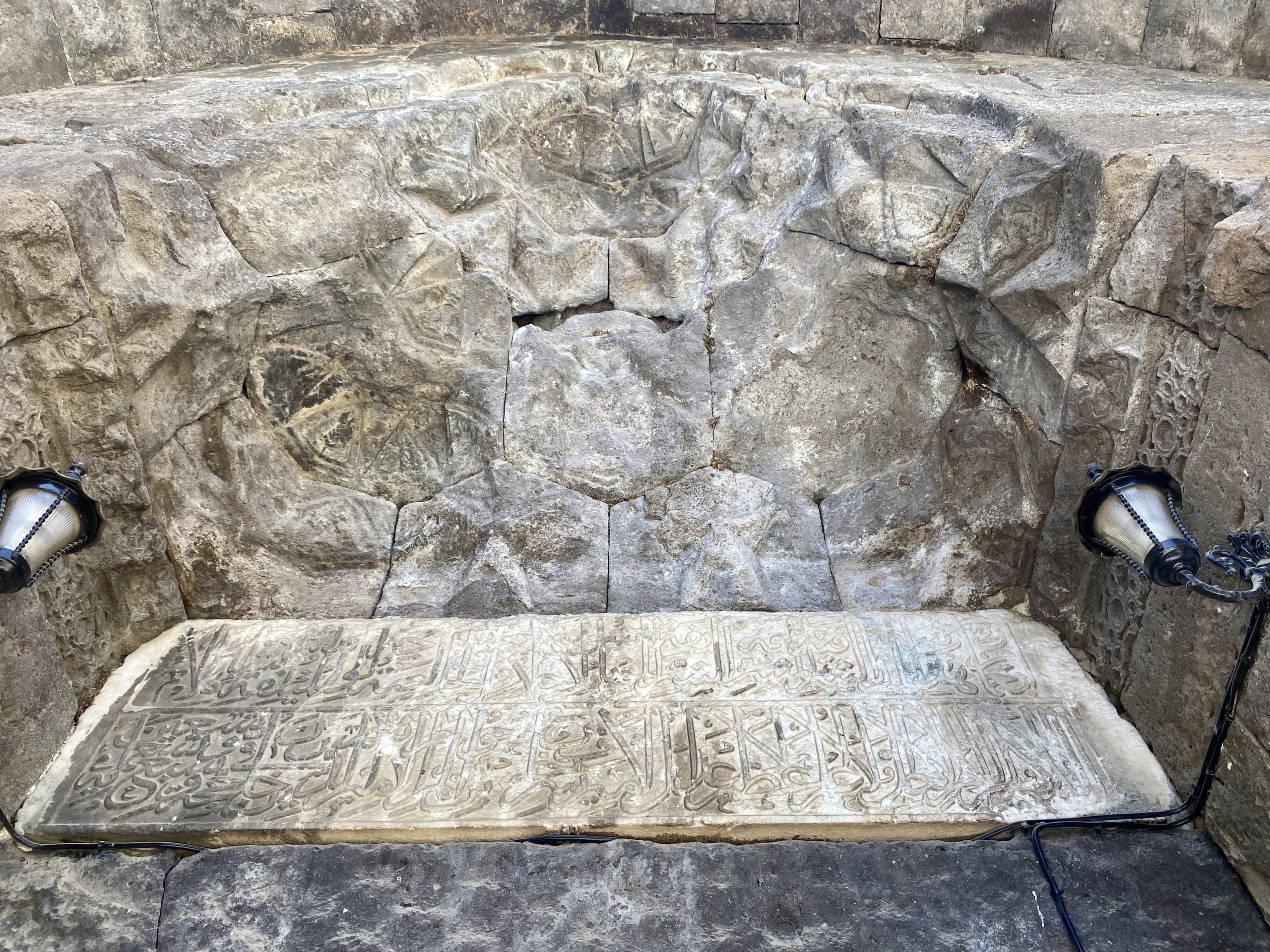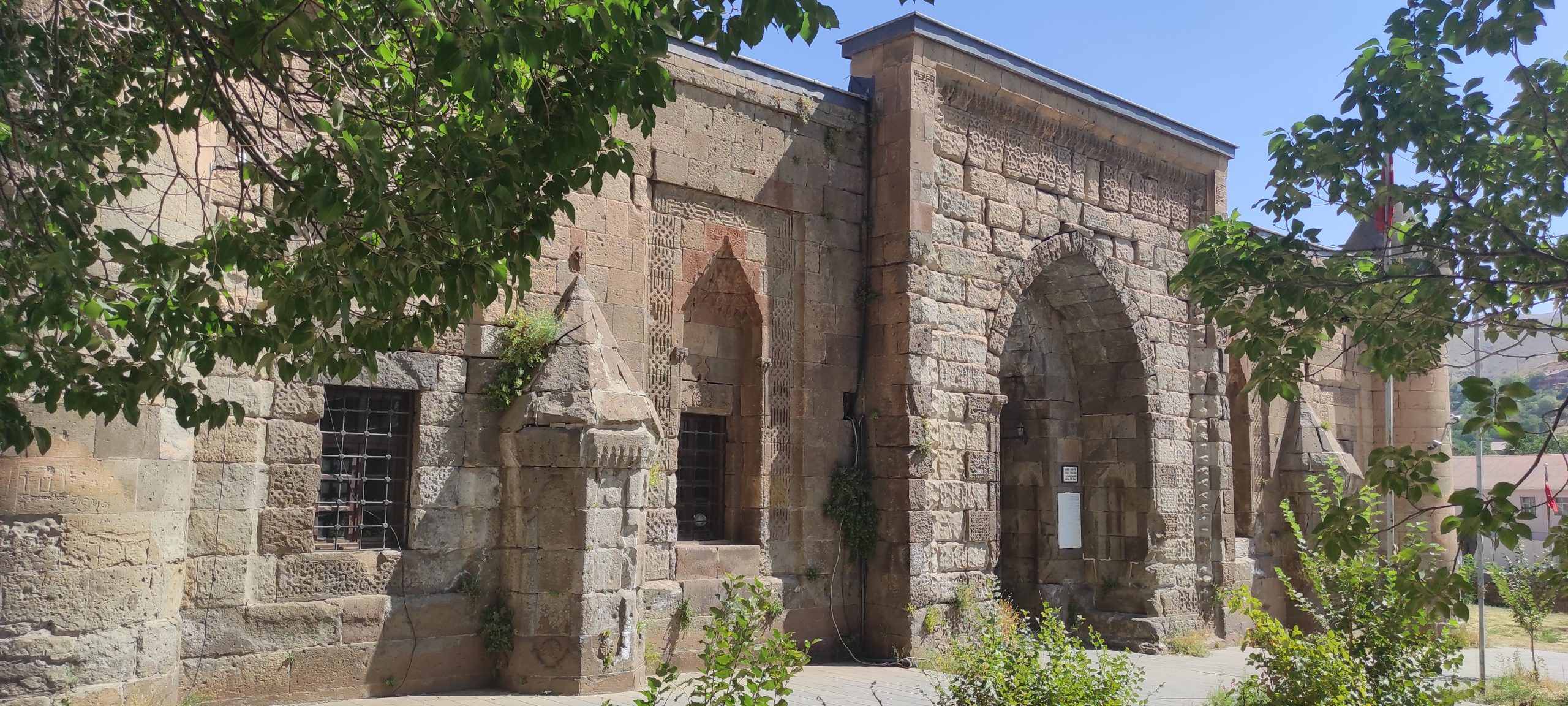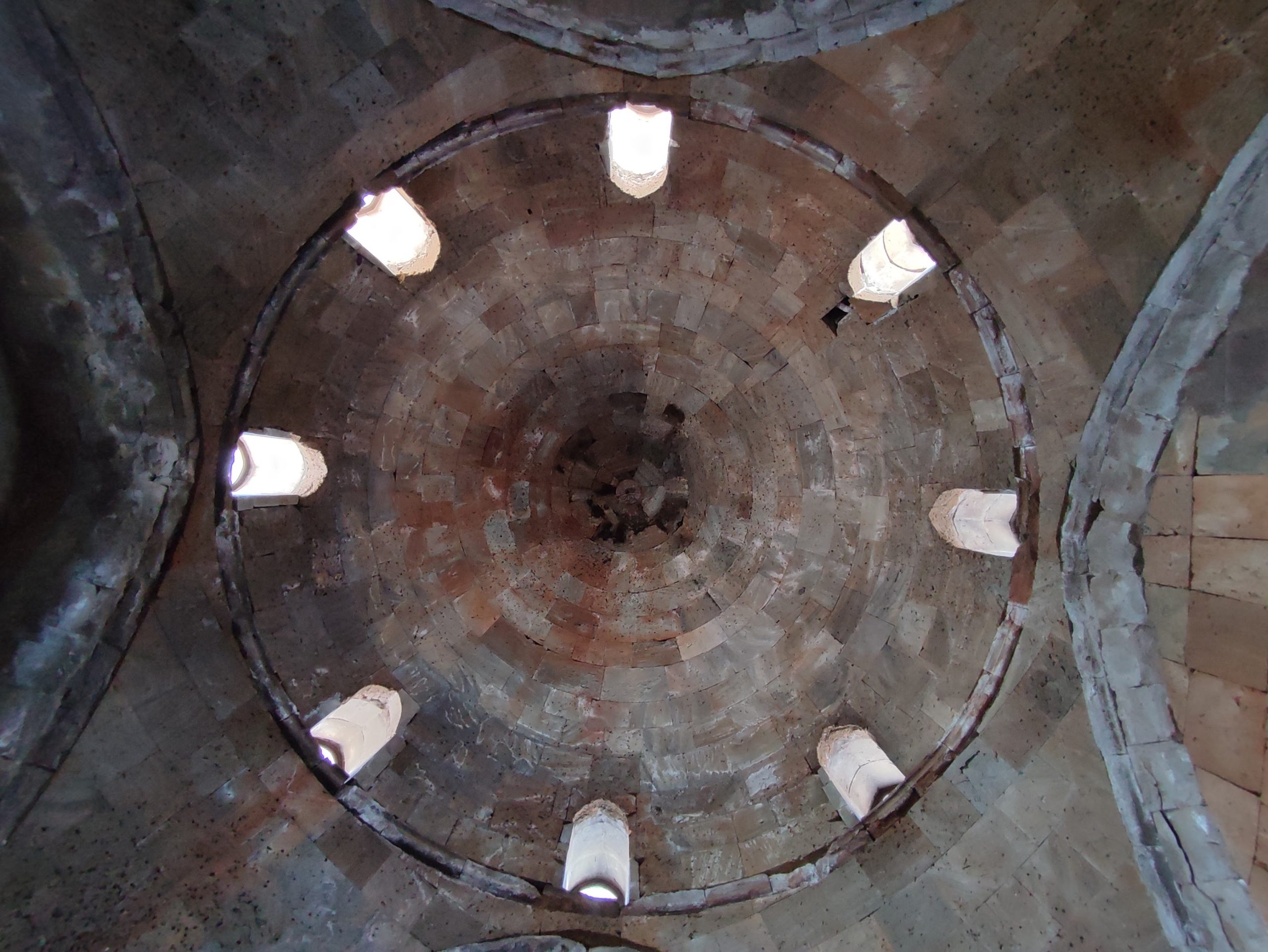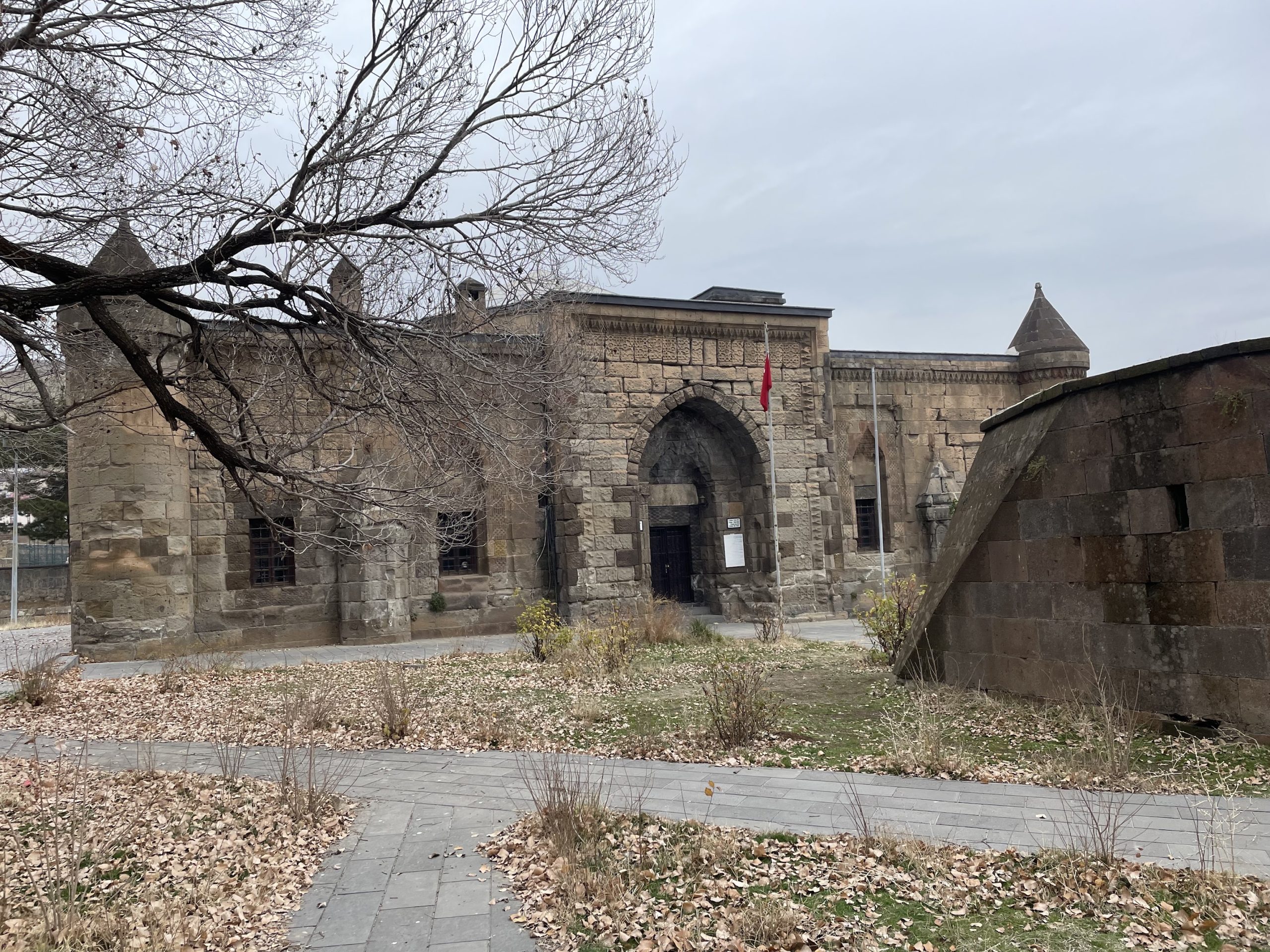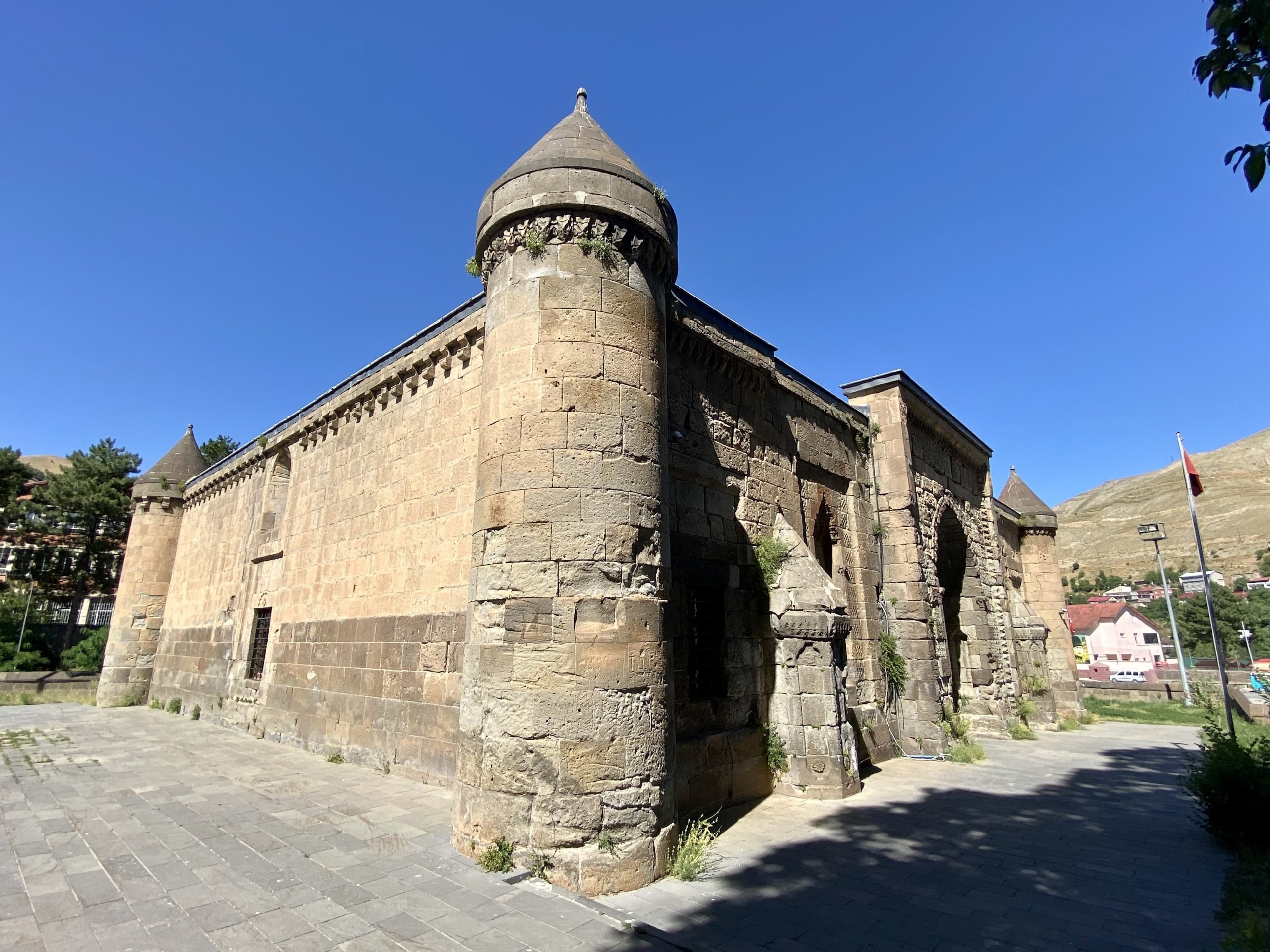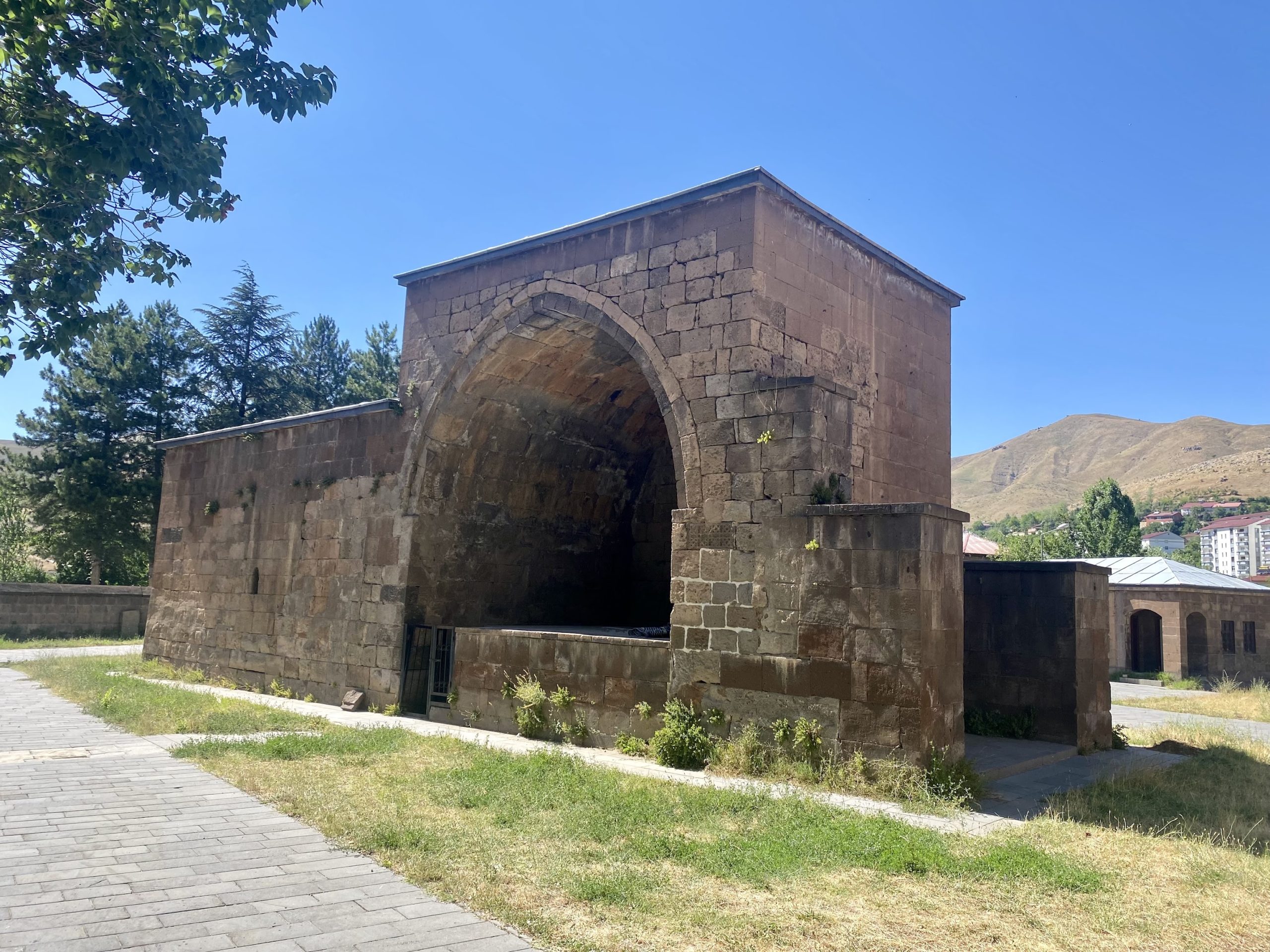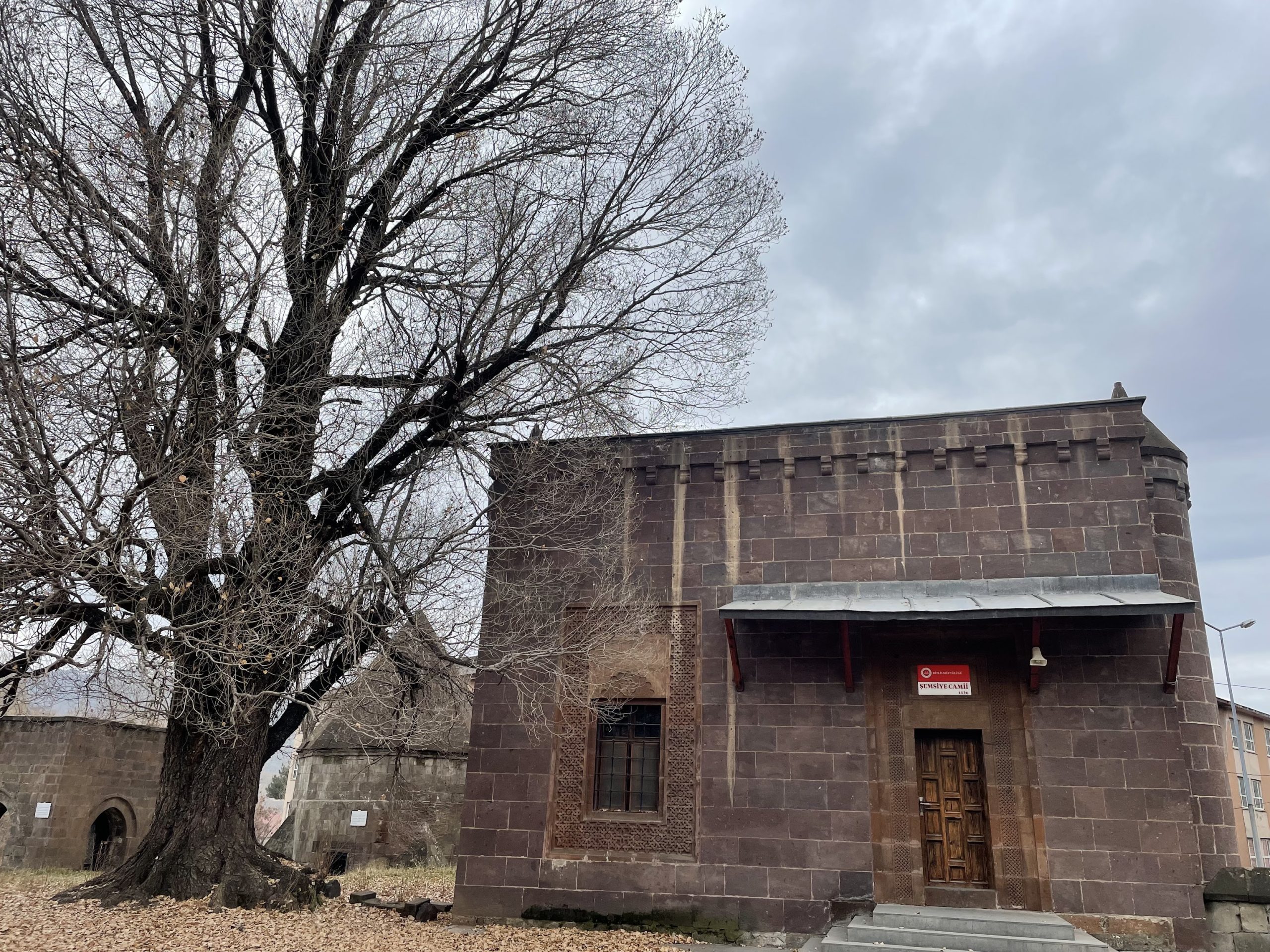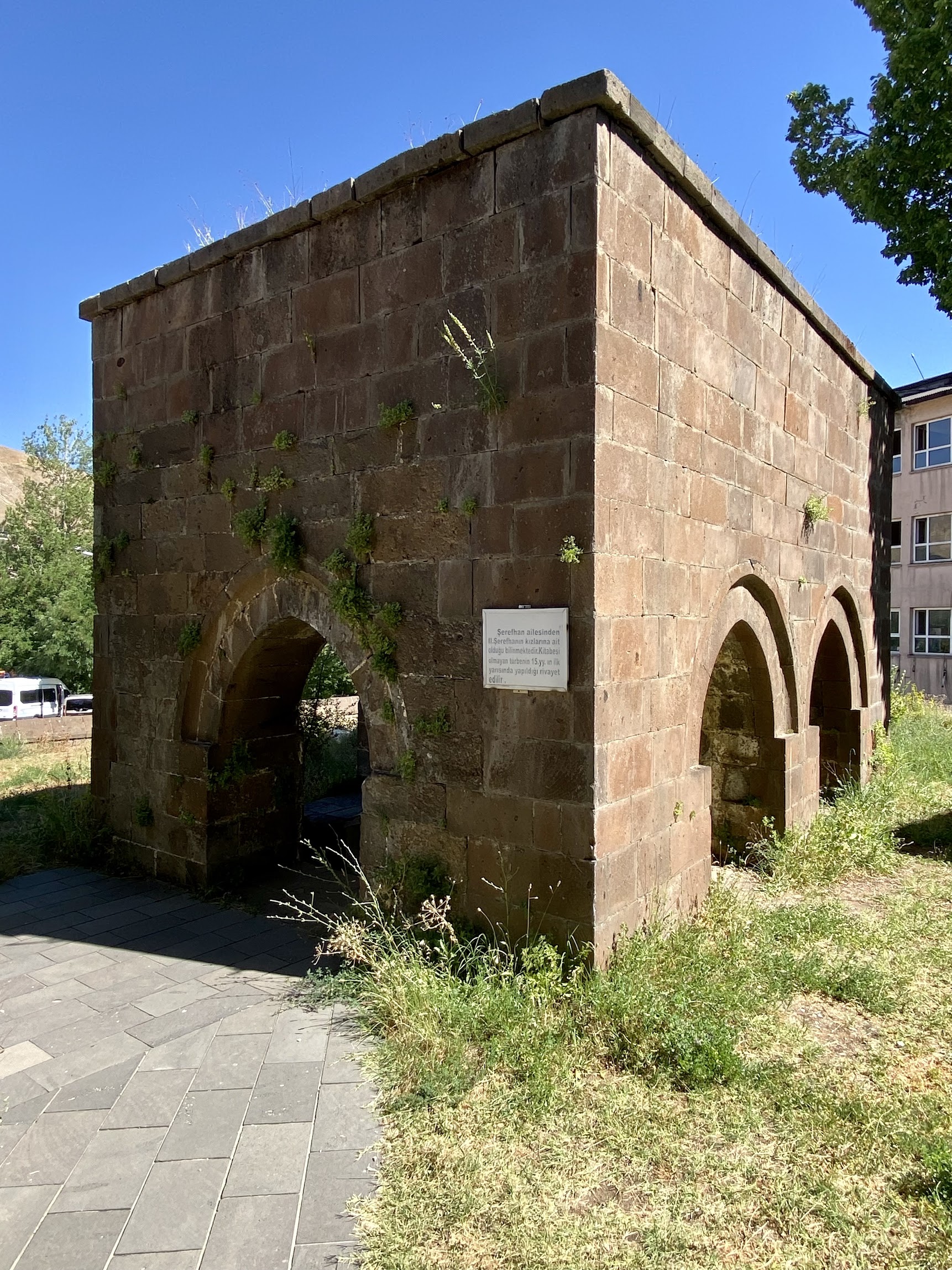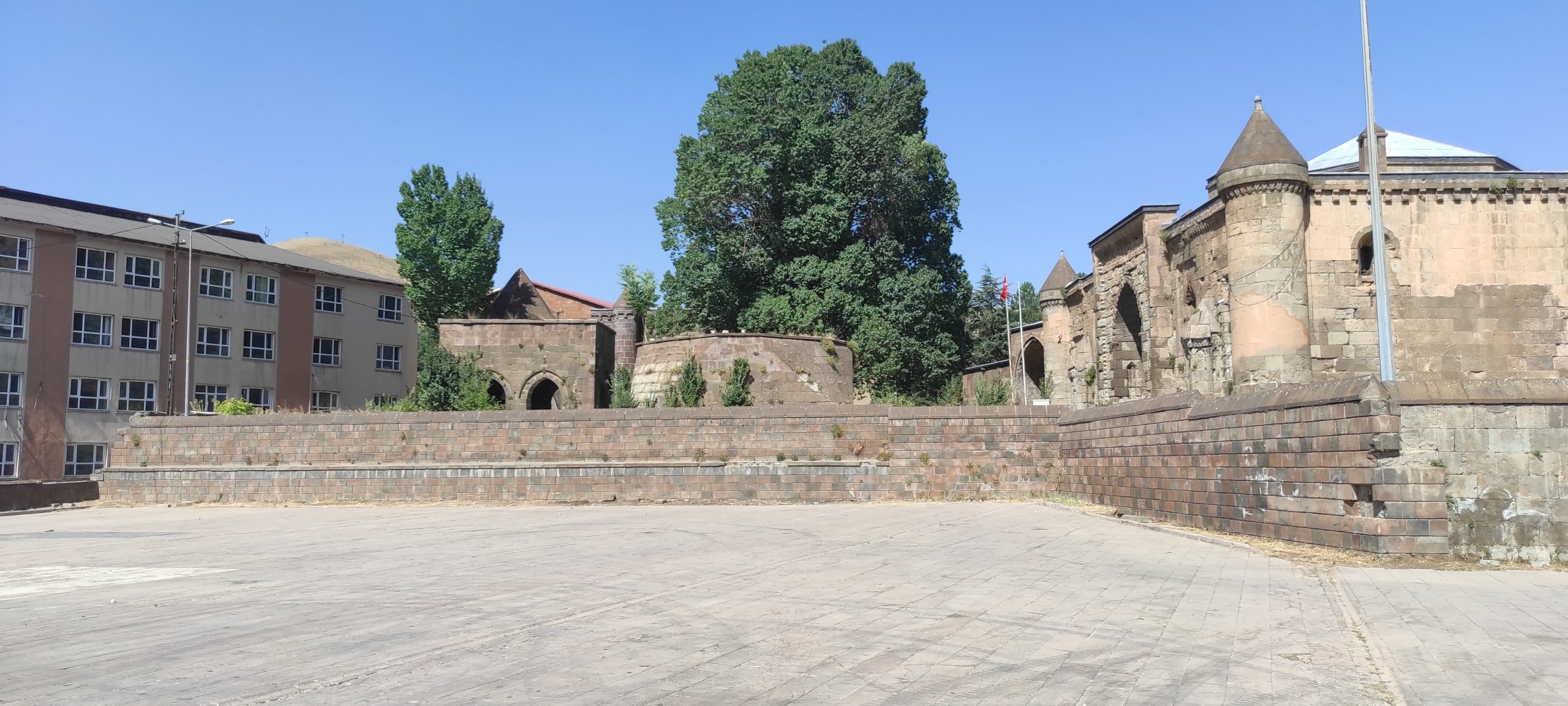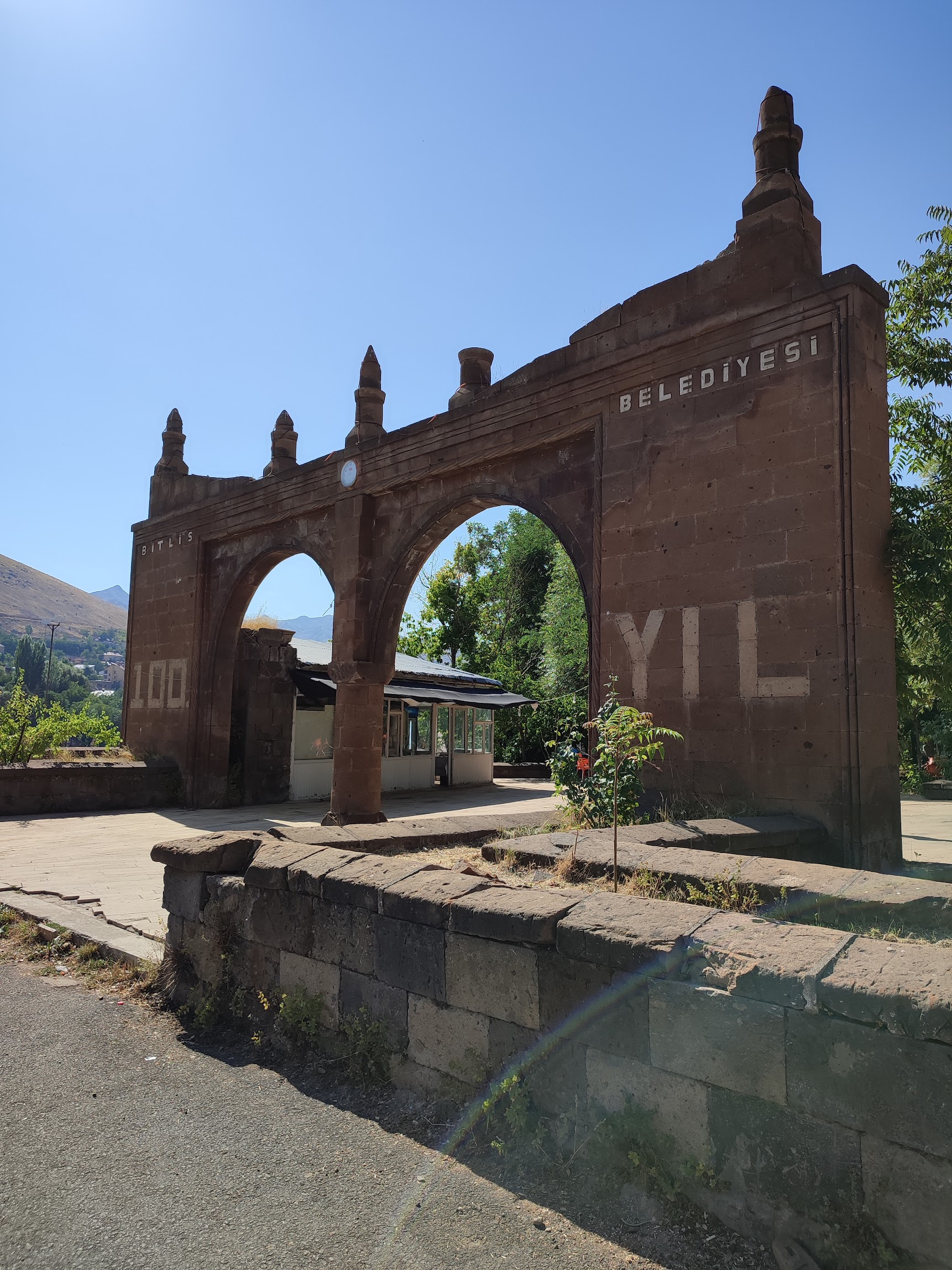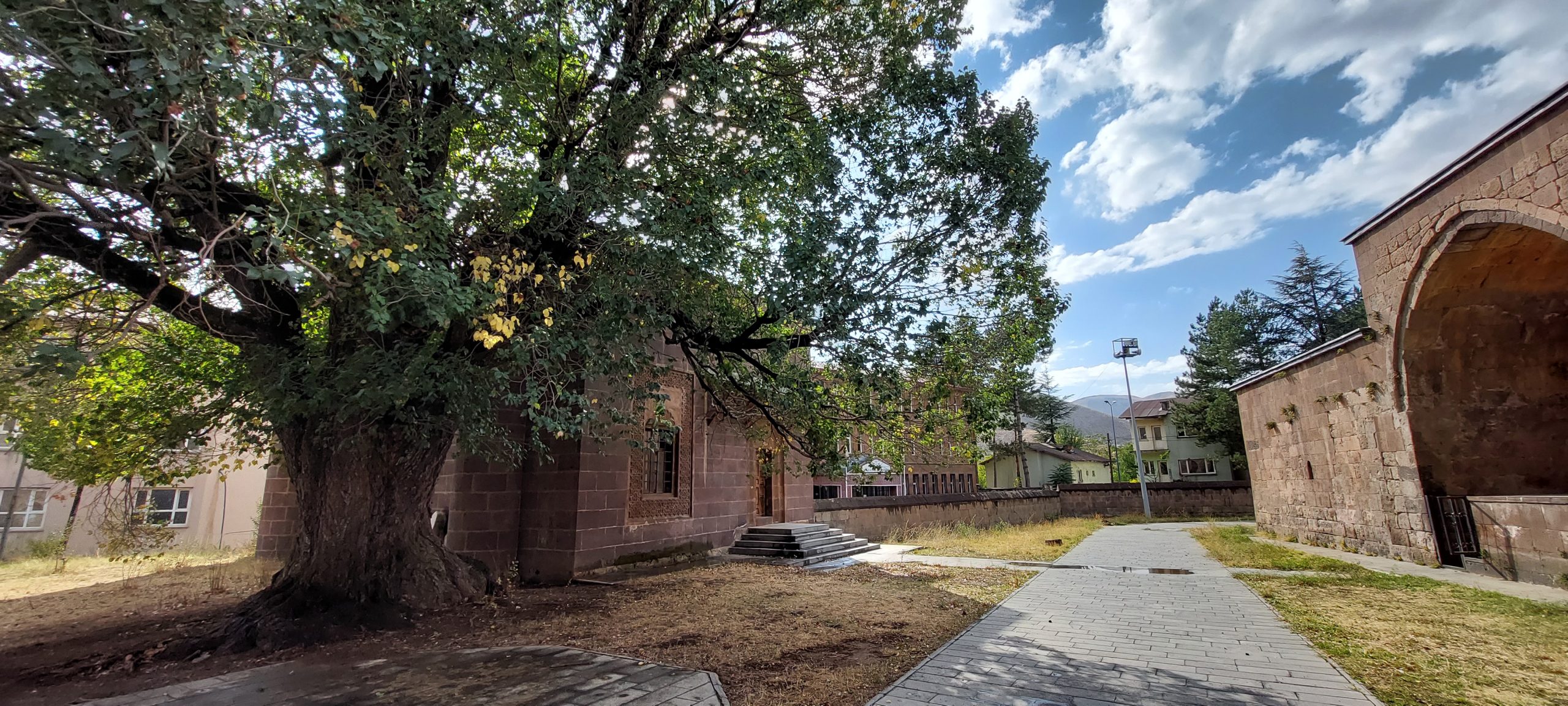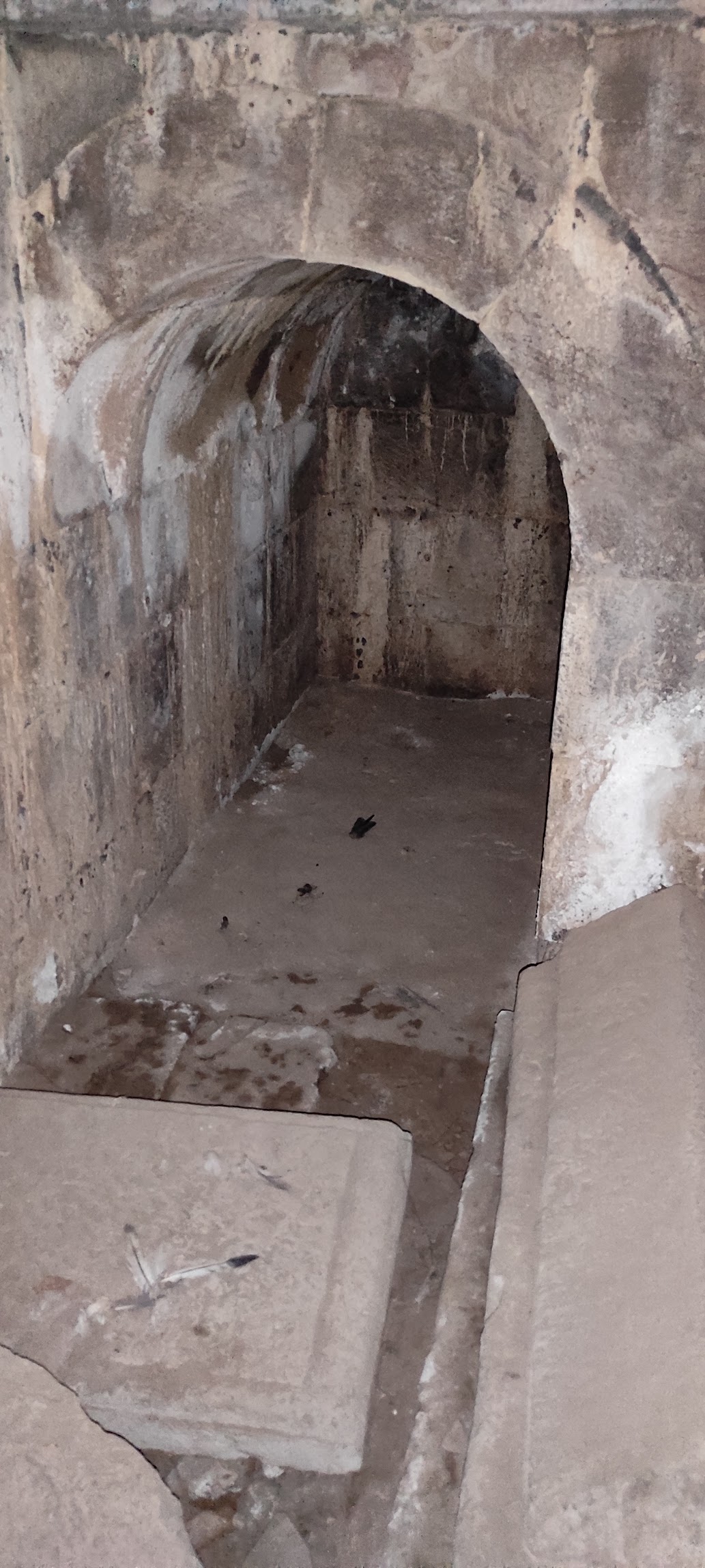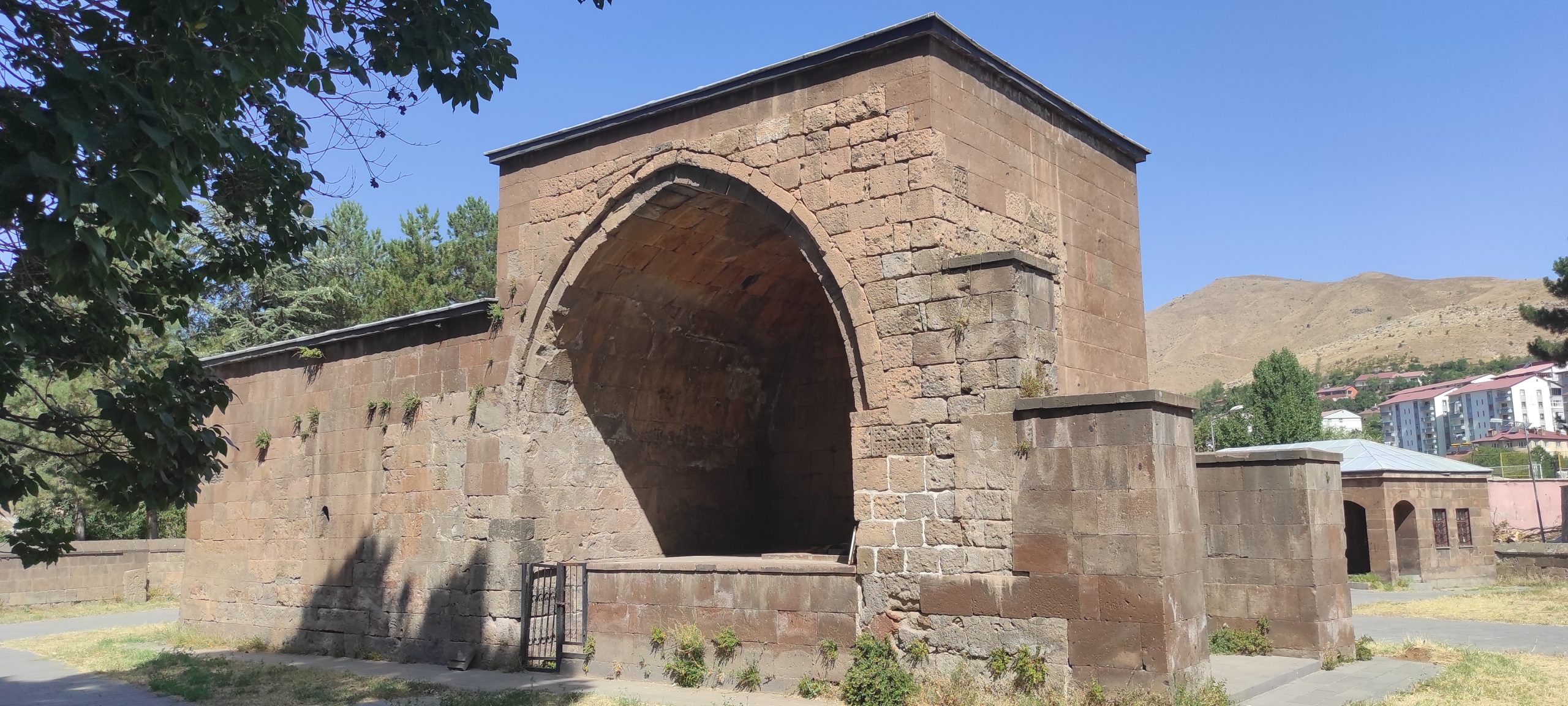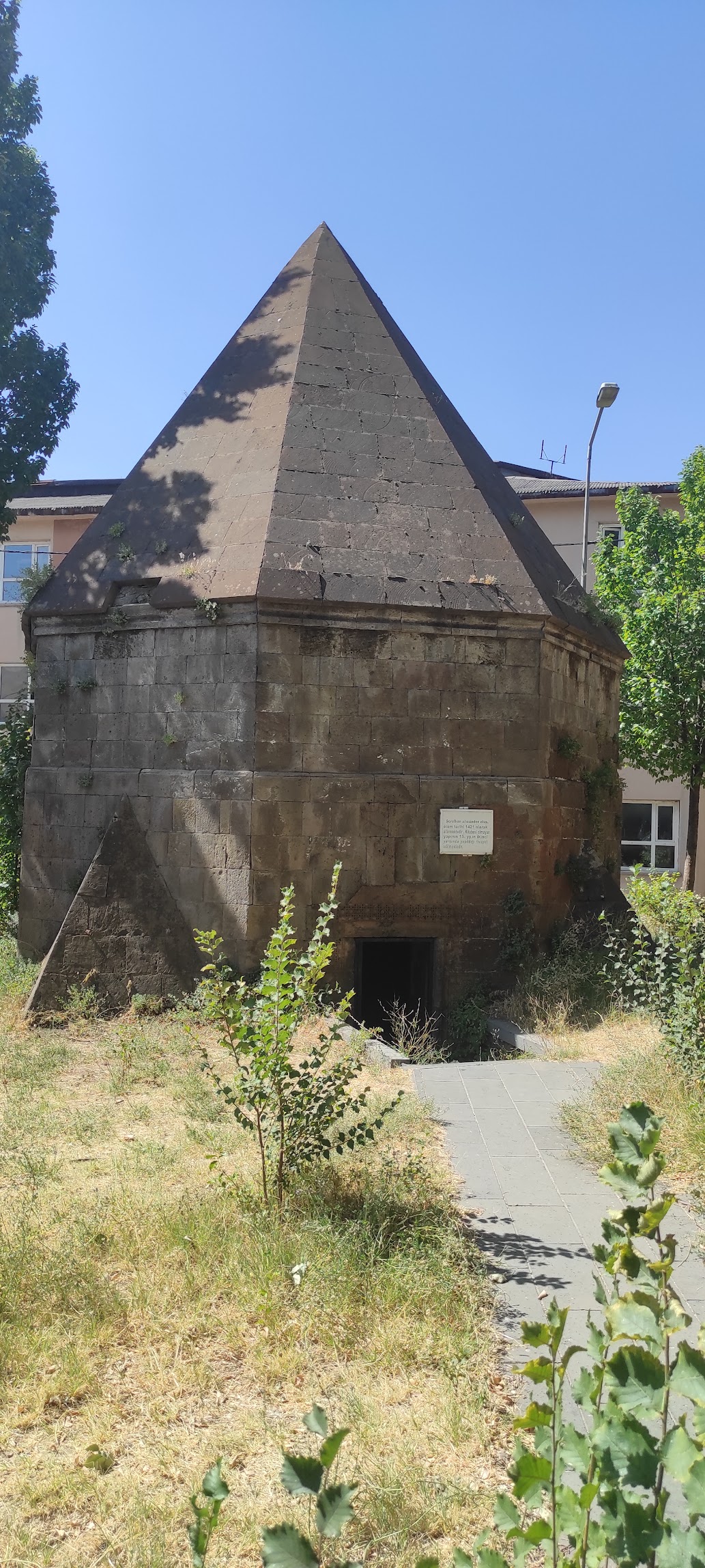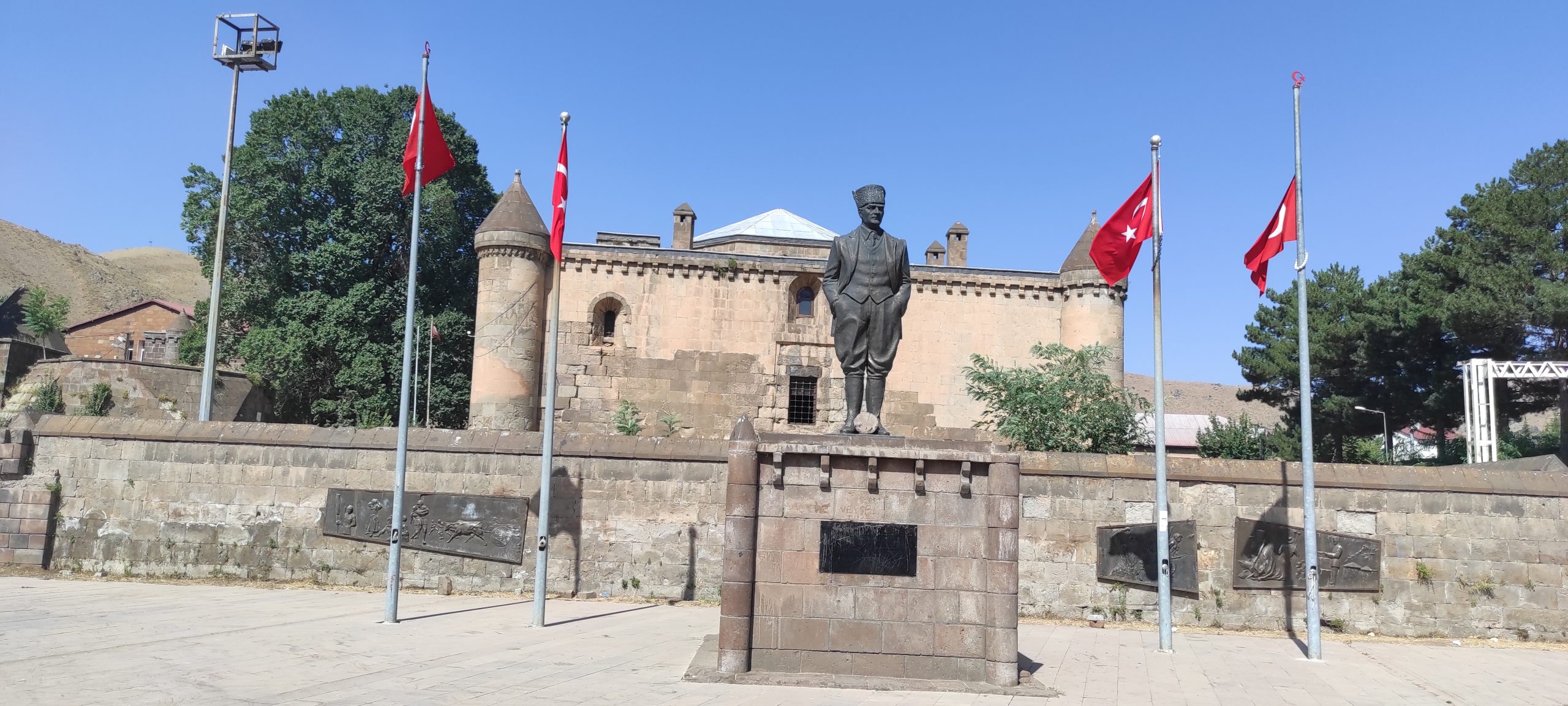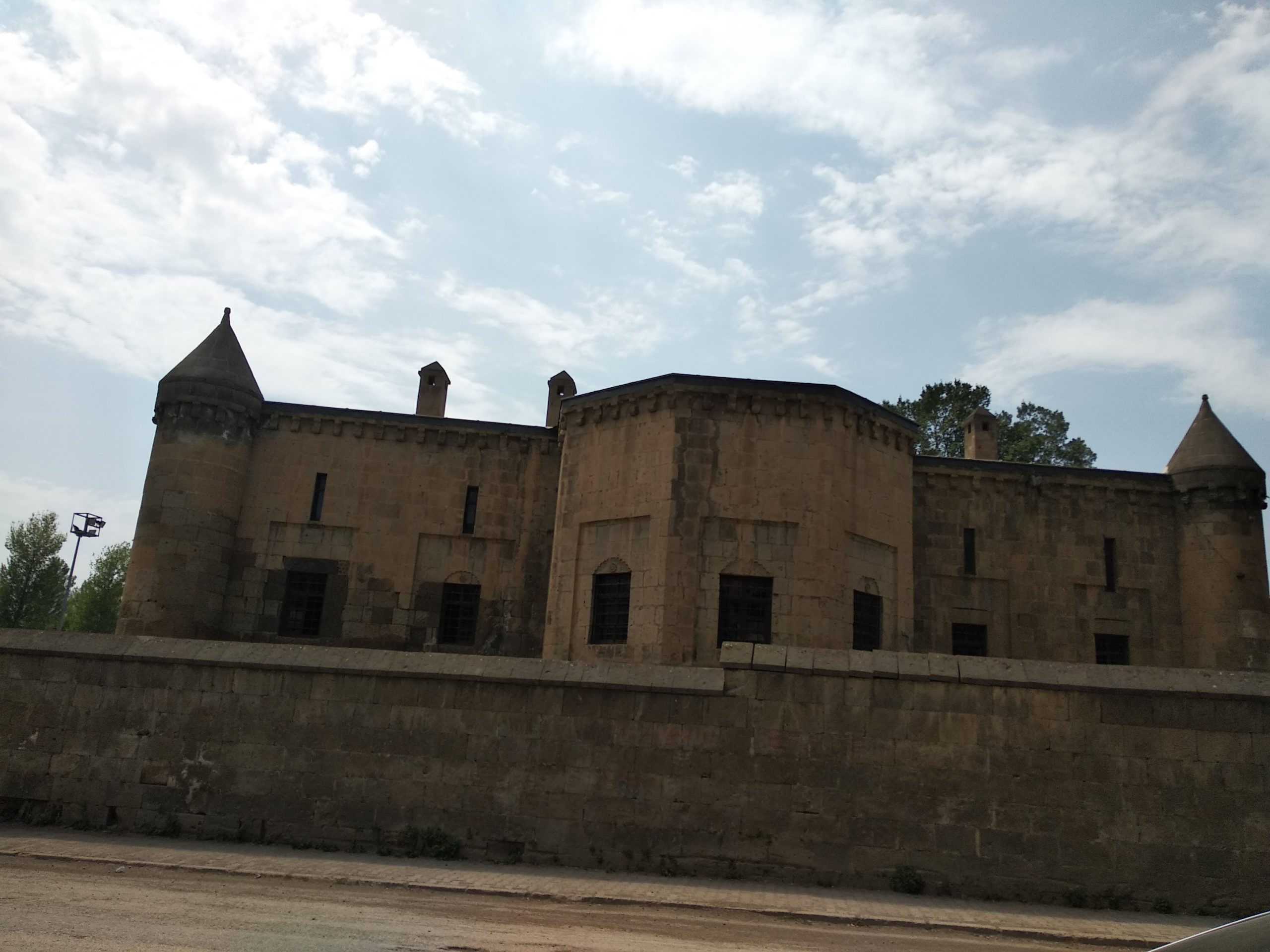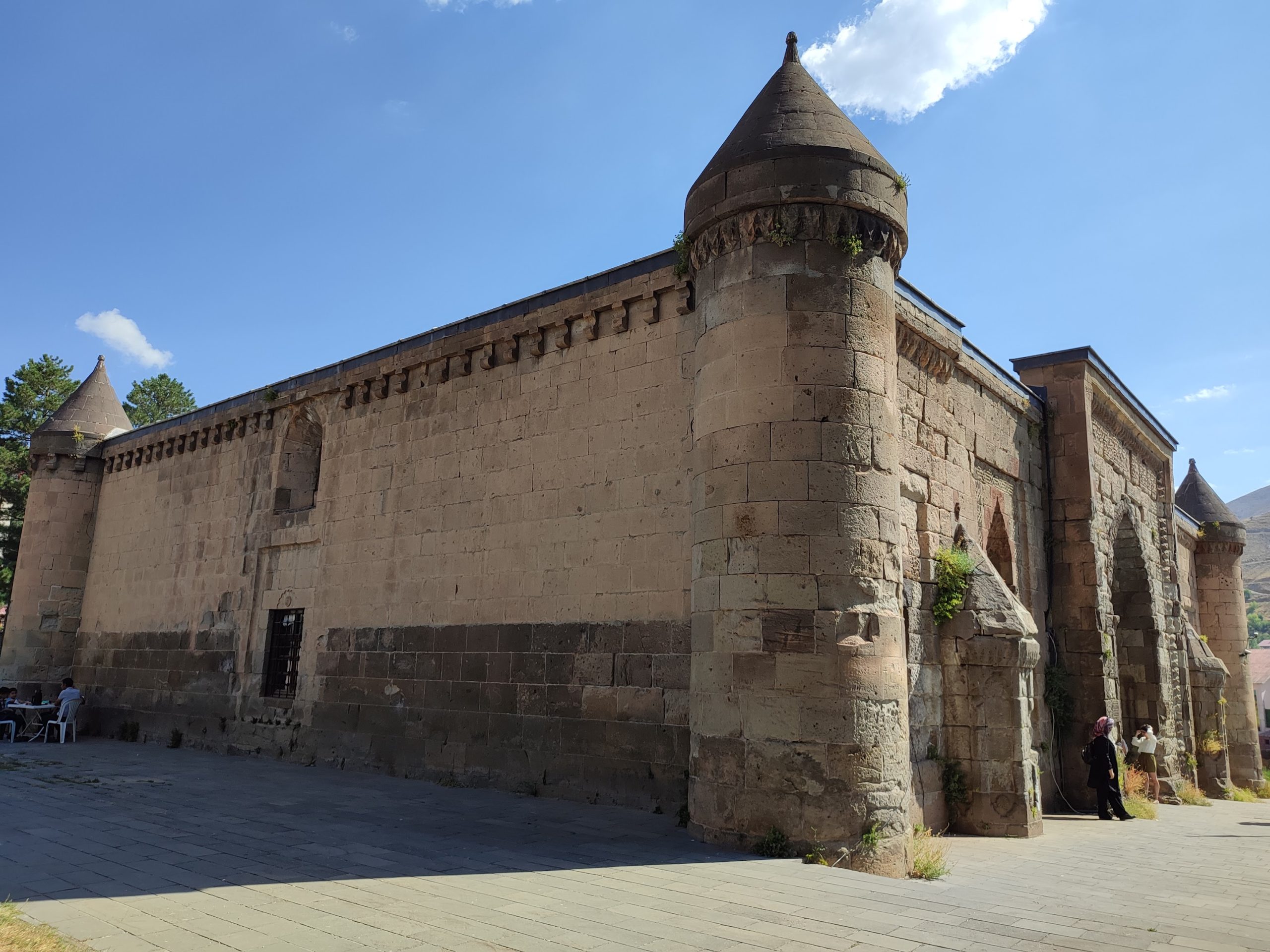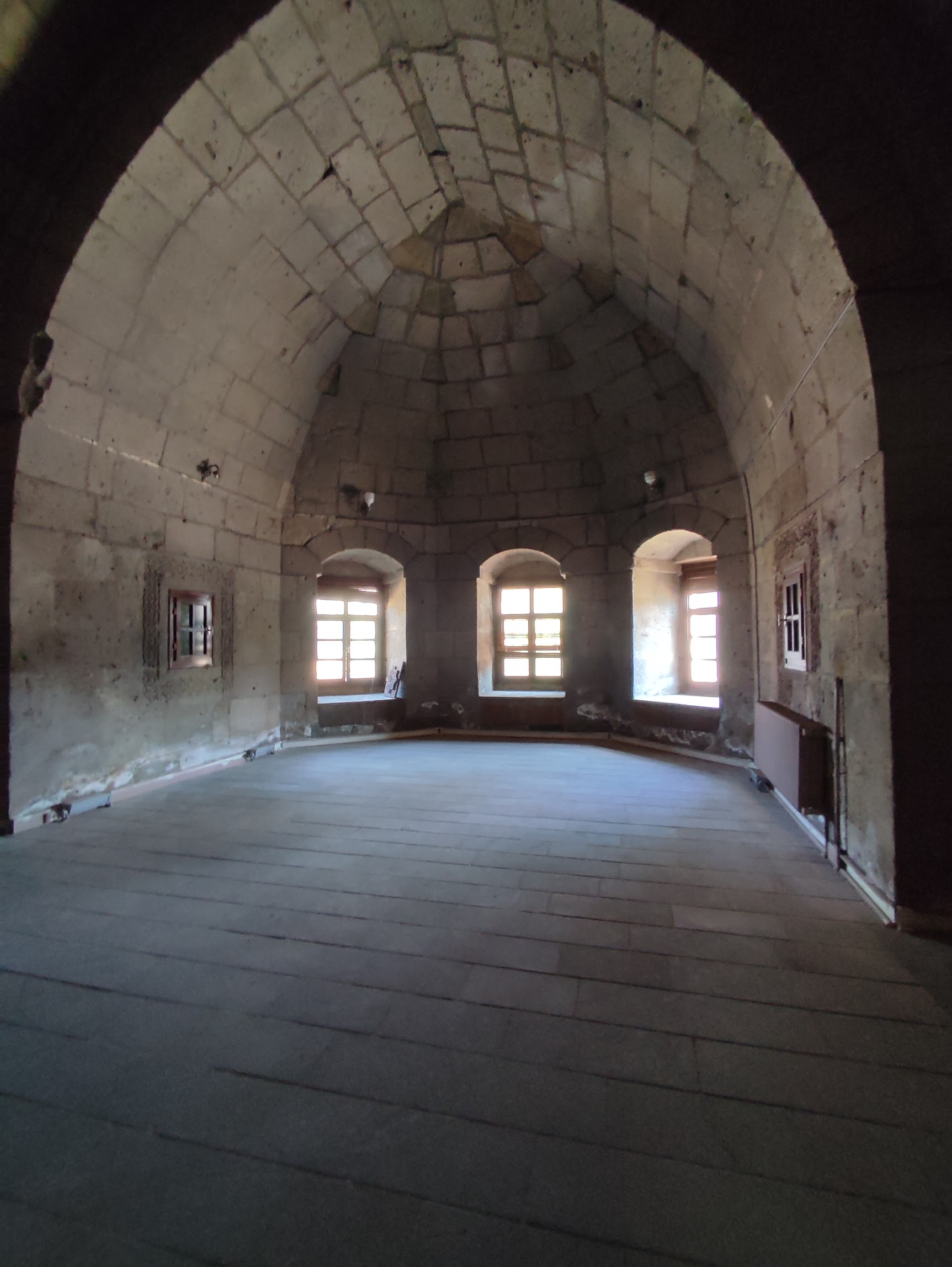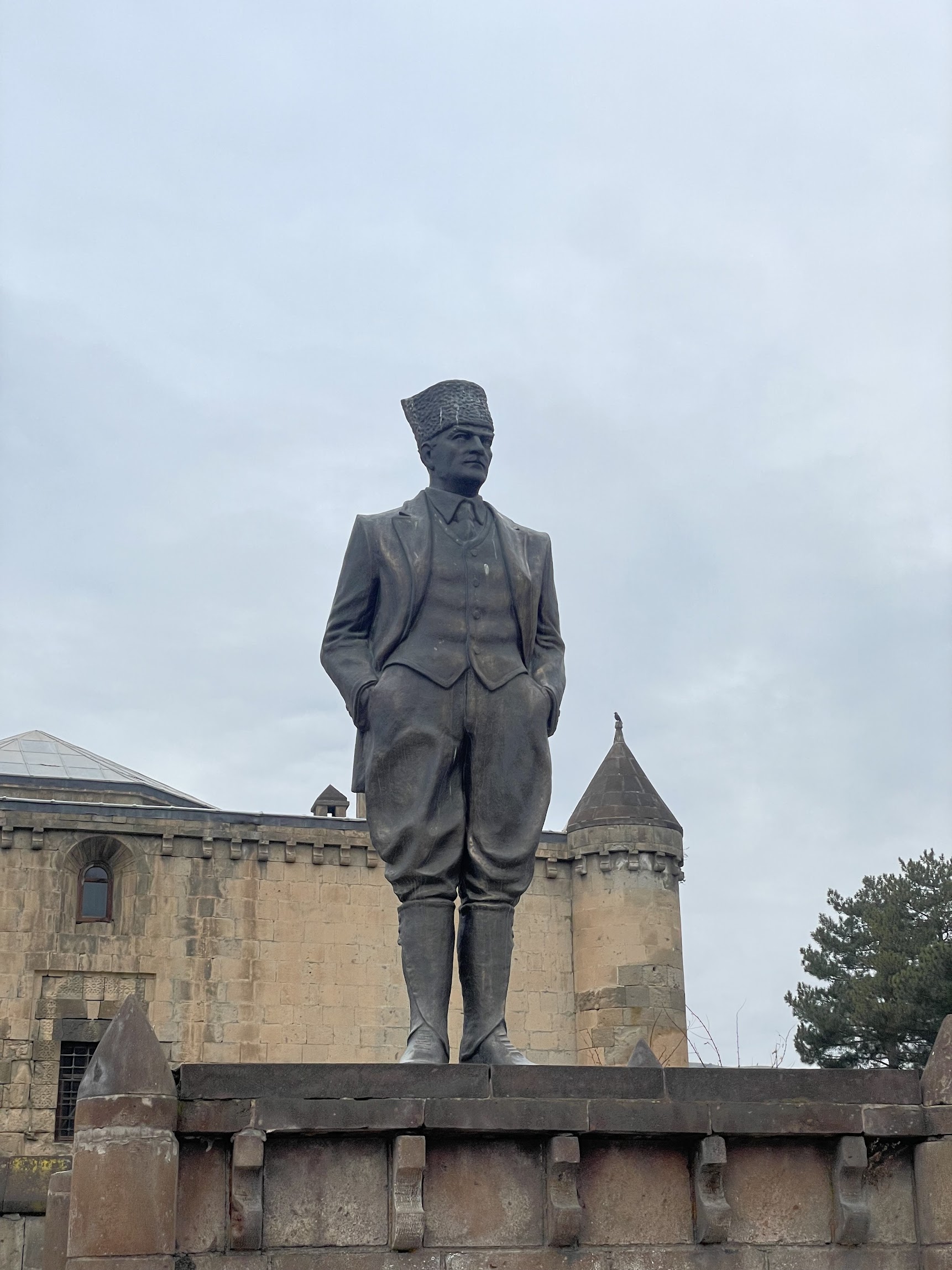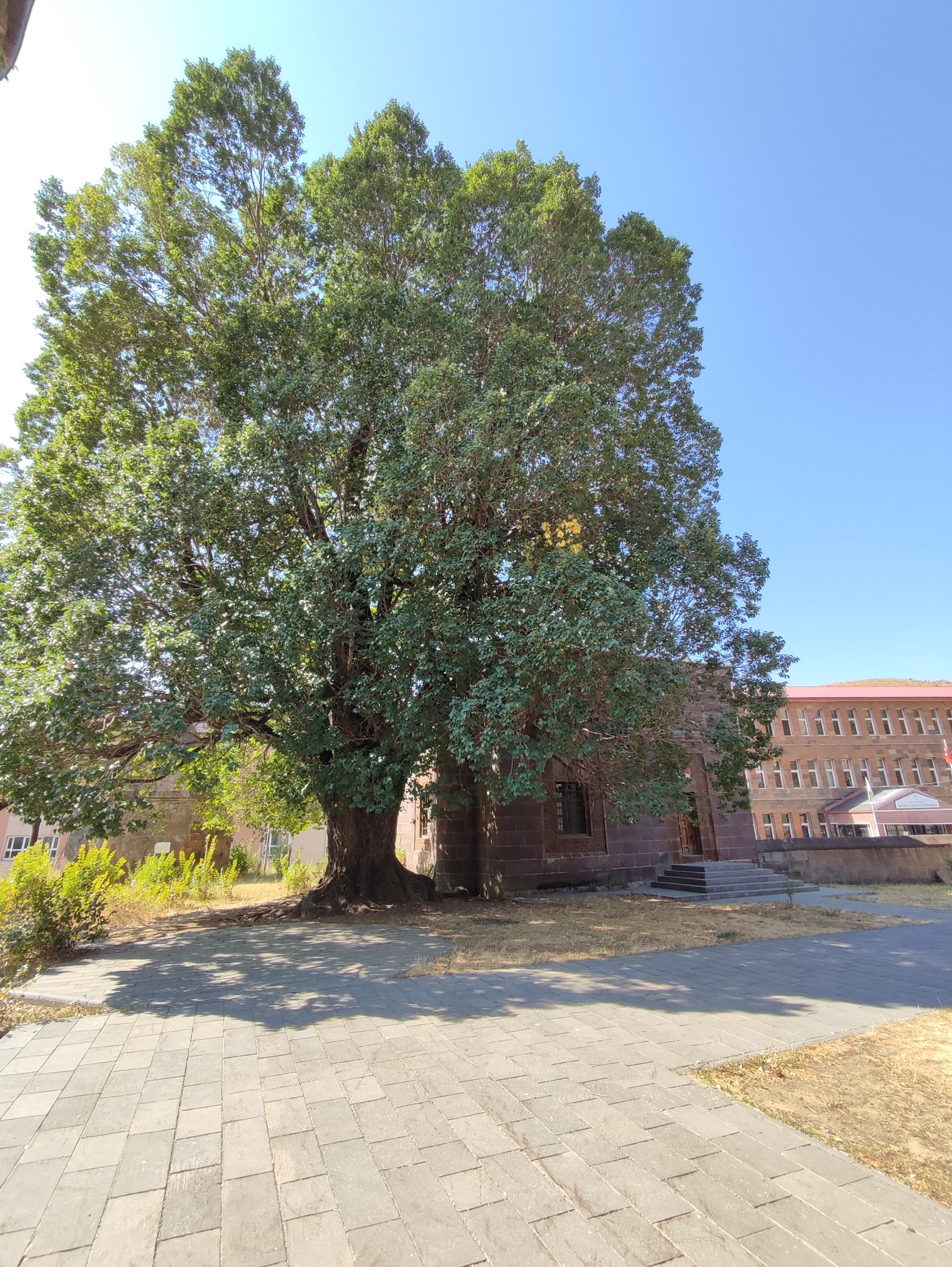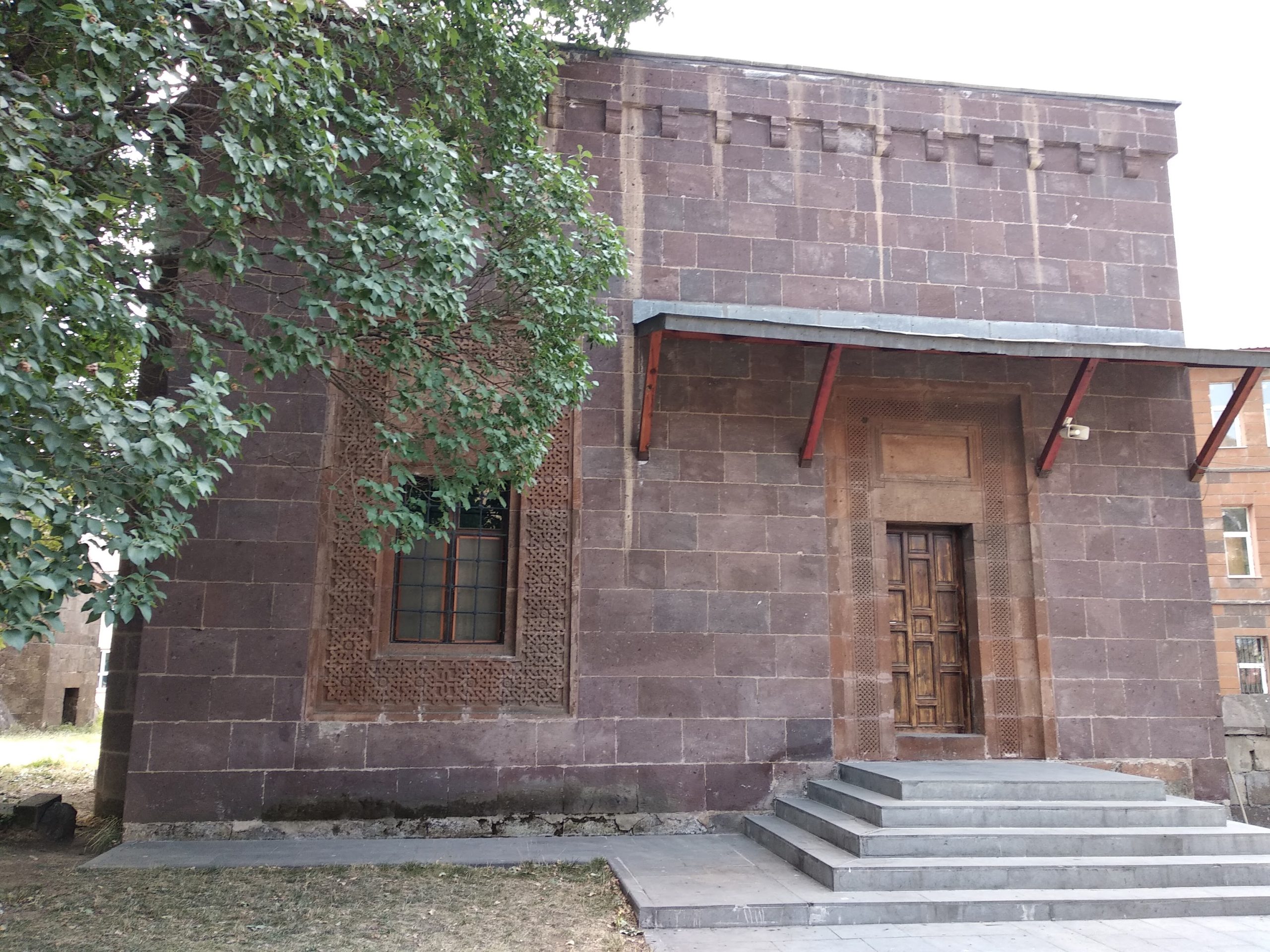It is the largest and most striking with its appearance among the madrasas in Bitlis. Its plan concept and decorative features indicate that the madrasah was built in the classical Seljuk style in the 13th century. It indicates that it is a work of the century. However, there is no construction inscription from that period.
The earliest sources from which we can obtain information about the madrasa are the repair inscription on the portal of the building and the Şerefnâme written by the ruler of the period, Şeref Han V (1578-1597). In the two-line Arabic inscription, the Turkish equivalent is;
1- The construction of this honorable Şerefiye Madrasa, called İhlâsiye, was ordered in good faith in the presence of God.
2- It was built in Dhul Hijjah, 997, by Emir Şeref Khan, son of the greatest, great, just and knowledgeable emir, the late Şemseddin Khan.
It says. This inscription, corresponding to the date of October 1589, was written as the construction inscription of the building. As a matter of fact, in the second source mentioned above, Şerefnâme, it is stated that the five madrasahs existing in Bitlis at that time, Hatibiye, Hacı Begiye, Şükriye, İdrisiye and İhlâsiye, were personally built by V. Şeref Han, the author of the work.



